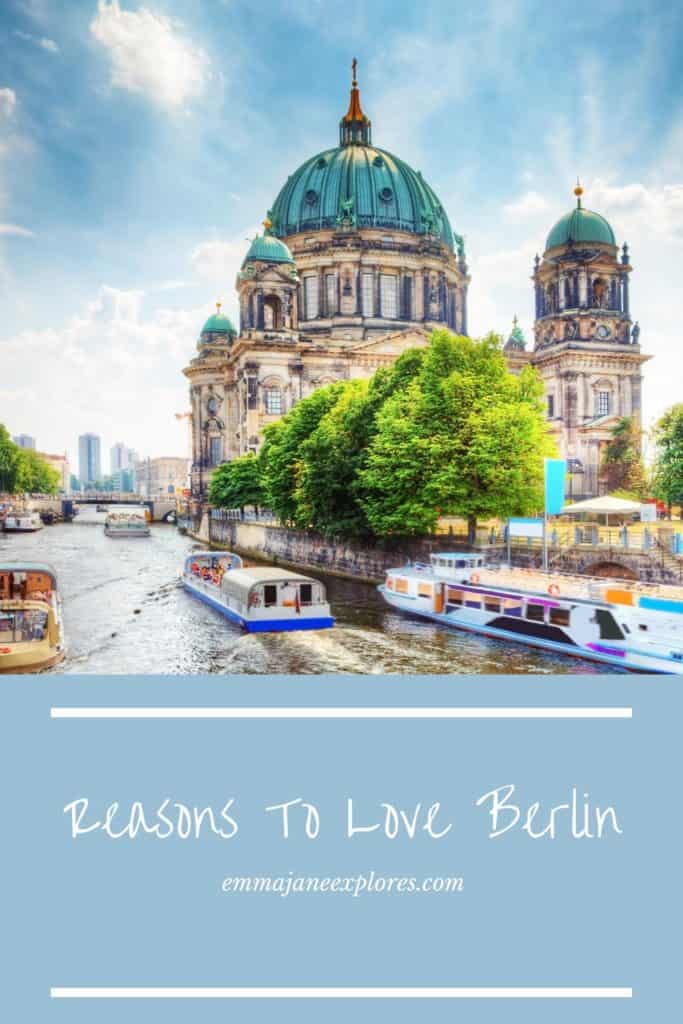Why I Love Berlin, Germany’s Incredible Capital

“Ich bin ein Berliner” US President JFK famously exclaimed in the divided Cold War Berlin of 1963. Sure, technically JFK’s speech was more about living in the free world in the face of a nuclear arms race, the Iron Curtain and the division of East and West Berlin via a massive concrete and barbed wire wall. But all that aside, there are so many reasons to love Berlin today.
Even with a short time in Berlin, it is easy to see why this city captures so many travellers’ hearts. I have to say, with all seriousness, that Berlin got me, too.
It’s a city of opposites
The city is a glorious melting pot of history, tragedy, street art, late nights, quirkiness and personality. One minute I’m walking next to buildings where the sandstone bricks are riddled with bullet holes, then next I’m strolling past gorgeously designed and poignant World War 2 memorials sculpted in brass.
Then I’m in front of the gritty street art decorating what once was the Berlin Wall divider between East and West. It’s a city that deals with the horrors of its past every day and celebrates the unified and truly democratic, peaceful state that it has become. Like I said, so many reasons to love Berlin.
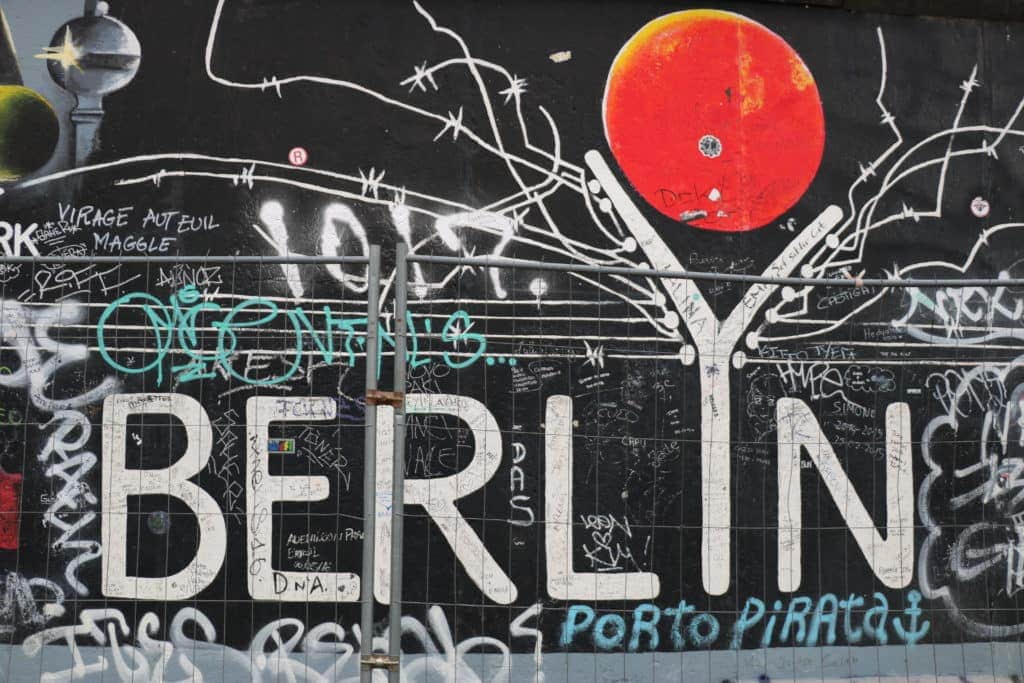
The thing that I find so magical about Berlin is that it doesn’t shy away from its past. Every street seems to have a reminder or memorial to the people persecuted and killed by the Nazi regime, the houses and buildings have been deliberately left with bullet holes intact as a stark reminder of the effects of Nazism and then the Cold War and the city seems to be in a constant state of rebuilding.
It’s truly a place where you celebrate the freedom of the German people, but never forget the horrors of the past lest they be committed again. It is quite a unique trait, and one of the many reasons to love Berlin.
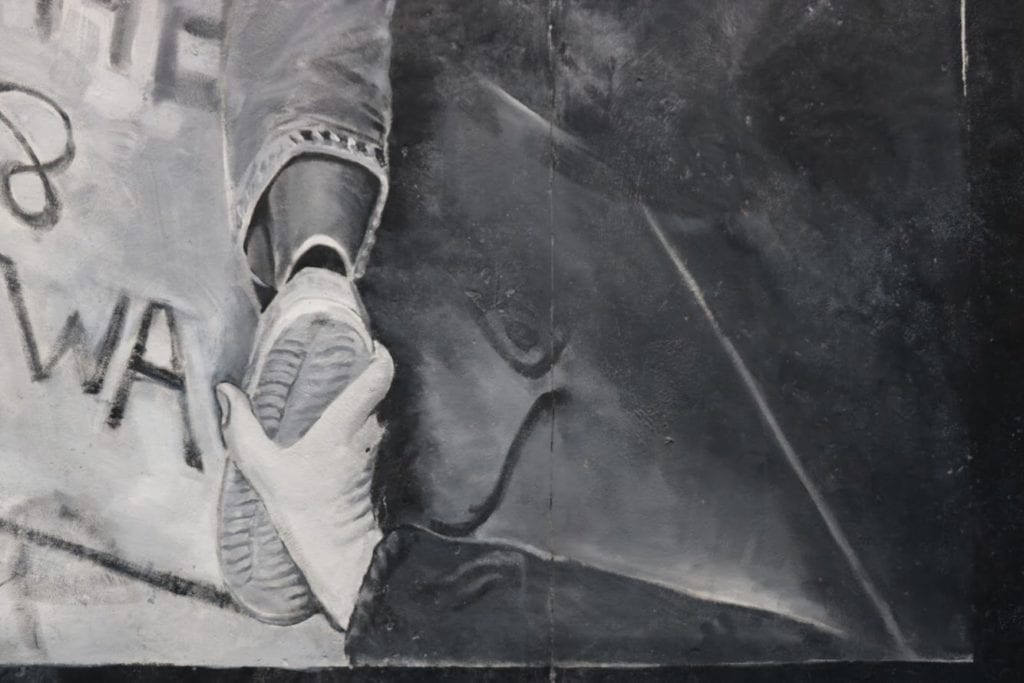
Language Barriers don’t seem to matter
Arriving in Berlin at night by train, I am instantly wowed by this nocturnal city that never seems to sleep. The friendliness of the German people (after I muddle through a few fudged German sentences) is evident with my taxi driver acting as a sort of tour guide as we chug our way past monuments, museums and nightlife.
Everyone here seems to speak English but, just like in France, it is appreciated if an attempt to speak a little German is made – no matter how poor the attempt is.
Bitte (please) and danke (thank you) seem to suffice, although the people I meet do seem to find it amusing to hear me try to order a (completely mispronounced) cheesecake and are all the more delightful following my horrid efforts at speaking their native tongue.
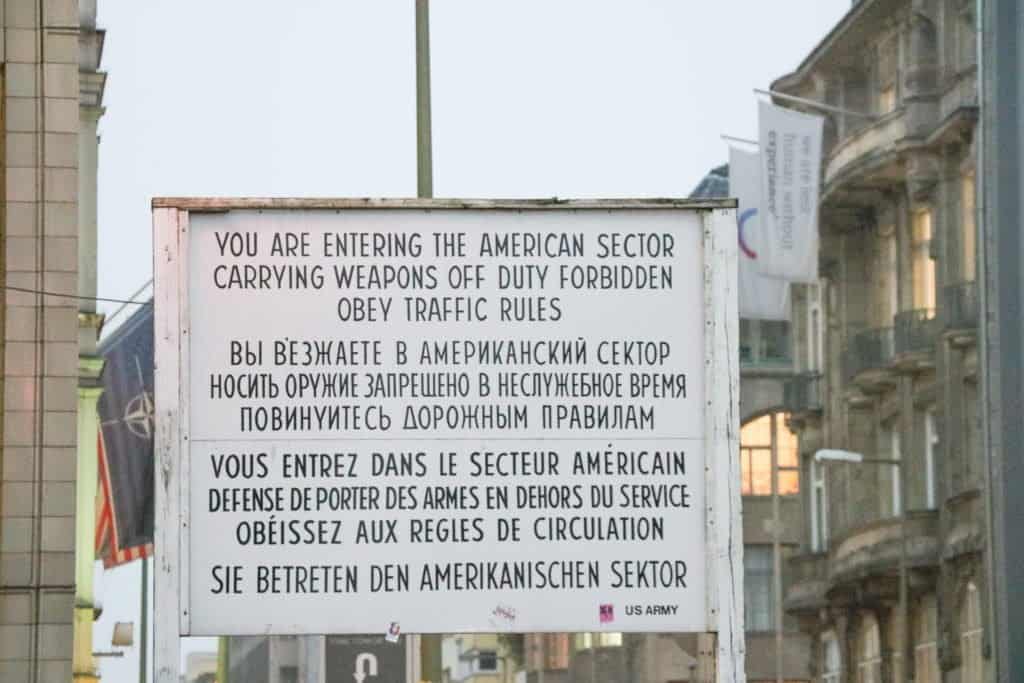
Things to do in Berlin
Berliner Dom
I spend my time in Berlin carefully as I only have a four day itinerary, but staying in the historic Mitte area there is plenty to do and see. The majestic green and gold dome of the Berliner Dom is a five minute walk away and even for someone who has a little touch of church-fatigue after travelling Europe for three weeks it is definitely worth the visit.

Brandenburg Tor
The Brandenburg Tor is a little further away but to reach it I walk down Berlin’s version of the Champs-Elysees, Kurfürstendamm, stopping frequently at various sites including a huge recovered sculpture of Prussian King Frederick the Great on his horse and the solemn sparseness of the Neue Wache memorial with its vast stony space featuring one moving sculpture (Mother and her dead son) paying tribute to the victims of warfare and dictatorship.
When I get to the iconic gate that marks the symbolic entry to the city of Berlin, I’m entranced by the green horses sculpted to sit atop and guard the city. It’s every bit as huge and impressive as pictures make it out to be.

History Remembered
Berliners are so anxious to have their history remembered and their future improved upon that the city’s varied and frequent memorials, exhibitions and sites of significance are mostly free.
I spend close to a whole day reliving the horrors of Nazism and the Soviet occupation at Sachsenhausen Concentration Camp, which is now a beautifully poignant memorial and museum site, for only the cost of a train ticket and an audioguide.

I read completely free for hours at the Topographie des Terrors of the rise of Nazism, the plight of the Jewish people and am confronted with the faces and stories of the persecutors and the persecuted.
I hear first-hand accounts of life in divided Berlin at the Palace of Tears where one of the border crossings between East and West Berlin still stands as a free to enter museum.
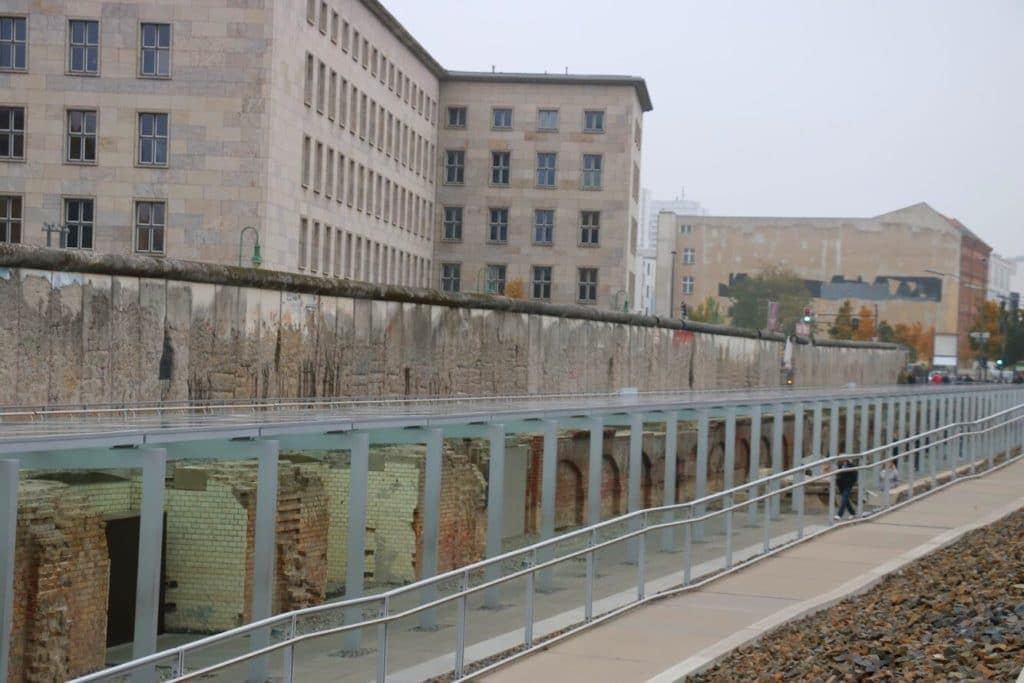
I visit the site of the infamous Berlin Wall Death Strip where a viewing platform and a portion of the remaining wall still stands, giving a stark impression of the utter futility of trying to cross the wall.
And perhaps the most moving of all, I wander the grey concrete blocks of the expansive Holocaust Memorial, an overwhelming and seemingly never ending corner of Berlin that instantly stands out for its lack of colour and life.
Under the memorial, an information centre breaks my heart again and again as a voice is given to the six million murdered European Jews with their own letters, journal entries and family histories.
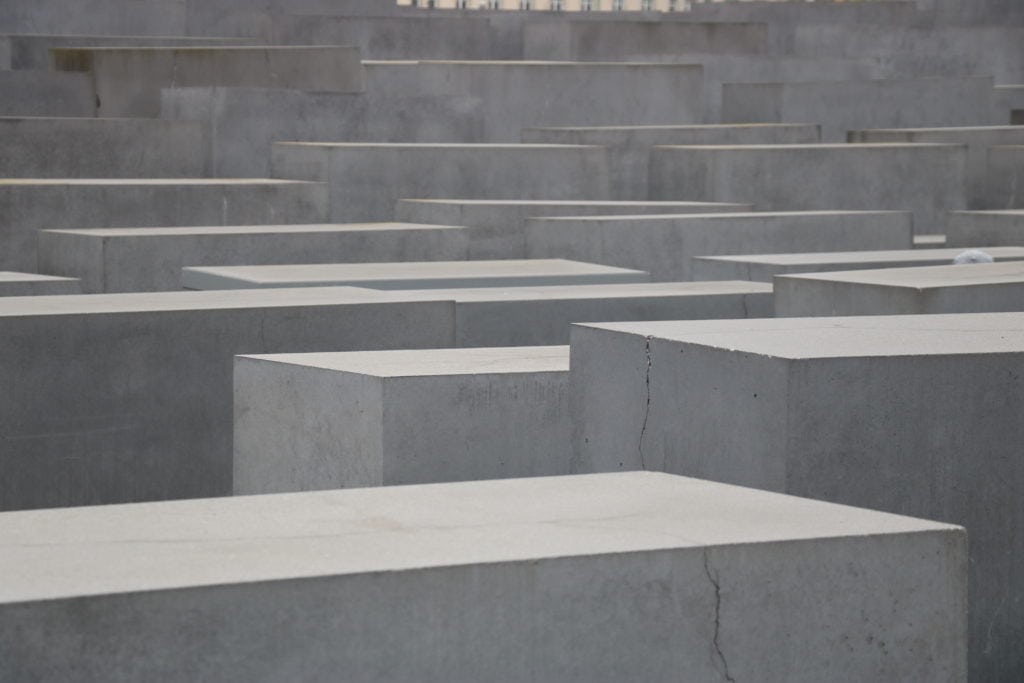
Street Art in Berlin
Whilst this sounds like an awfully depressing way to spend time on a holiday, seeing these monuments, memorials and exhibitions helps me understand what has made Berlin a bustling cosmopolitan centre of tolerance, acceptance, wild nights, art and multiculturalism.
I stroll the street art skilfully painted on some of the last concrete slabs of the Berlin Wall at the East Side Gallery and I understand why this expression of self is so valuable to Berliners.
In a city that has only very recently (in historical terms) been able to celebrate freedom of expression and speech without being a pawn in the Cold War or terrorised by Nazism this joyous celebration painted on what was once an ominous sign of oppression brings a smile to my face which doesn’t leave me for the entire length of the wall.
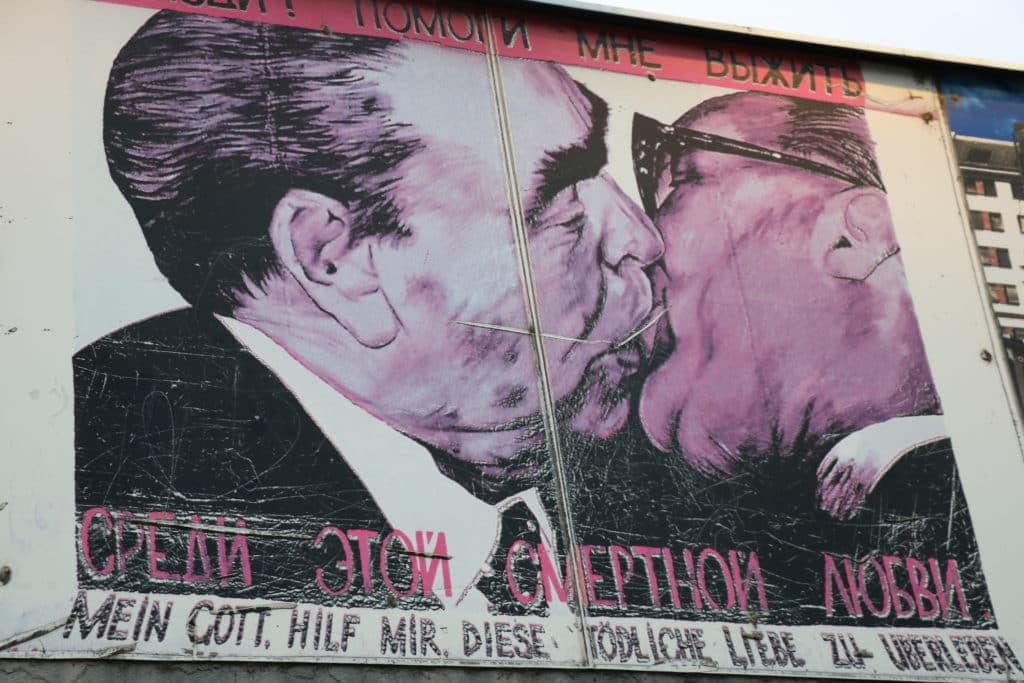
In fact, every corner I walk around and every alleyway I enter seems to be covered in art expressing the melting pot of emotions that Berliners are now permitted to pay homage to, publicly.
A secret alleyway near the Café Cinema leads to a secret oasis showing the alternative nature of the city with bars hidden behind grungy postered doors and festoon lighting that I stumble upon completely accidentally.
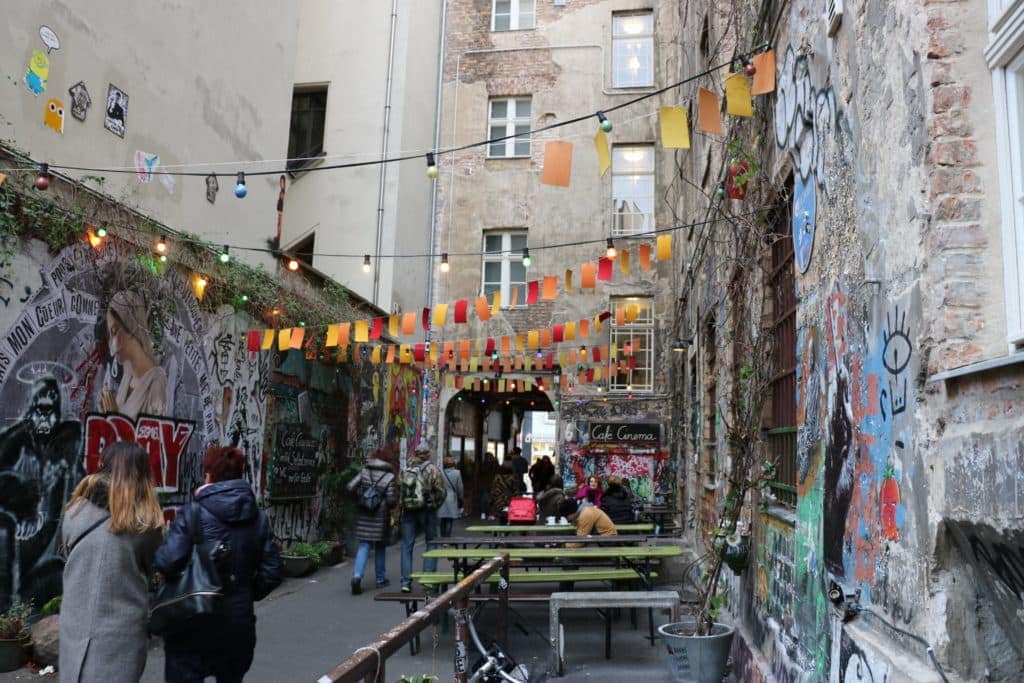
In summary:
As my time in Berlin runs out, I leave with a sense of joy at the city’s overcoming of so many years of oppression by different regimes.
I marvel at the resilience of the Berliners in the face of adversity and their refusal to sweep the city’s troubled past away under the pretence that it never happened.
I cry for the millions persecuted in regimes built on terror and fear. I nurse a slightly sore head from the after effects of Berlin’s hospitality and enormous beer steins.
But most of all I think I am so lucky to be able to be here and to walk freely between the East and West of the city without fear, desperation or a wall.
Berlin, keep doing what you’re doing. You got me, well and truly.
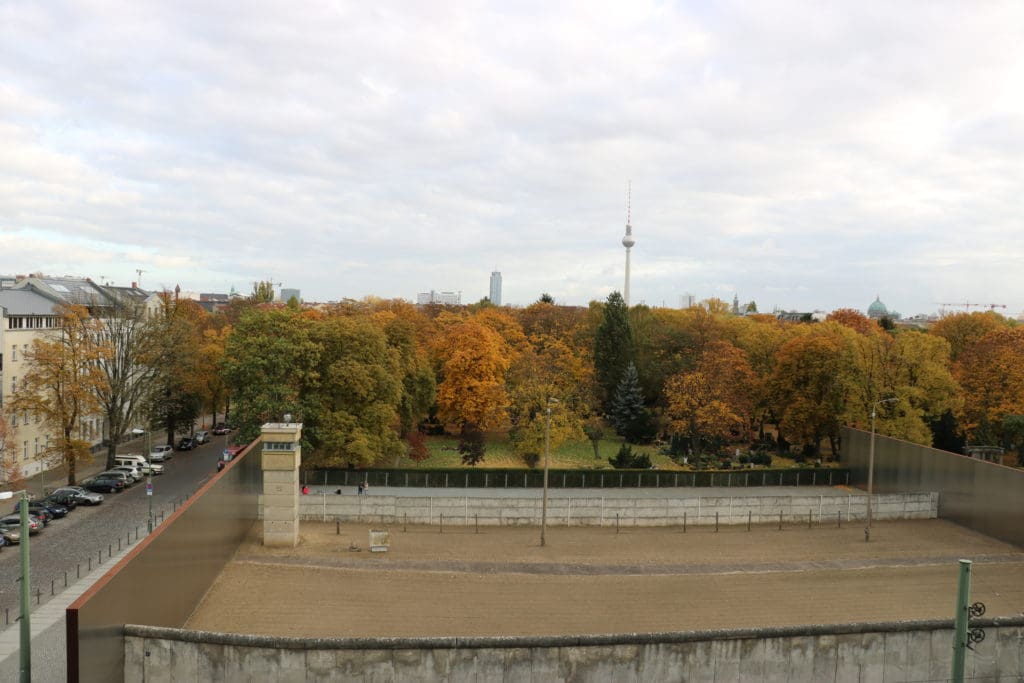
Where to stay in Berlin
For my money, staying around the Mitte area gives you very easy access to all of the city’s major museums and is in a beautiful, old part of the city.
Mitte has a great mix of hostel, mid range and luxury accommodation, so there’s something to suit every budget here.
Booking.comLike this post on reasons to love Berlin?
Pin to save it for later!
